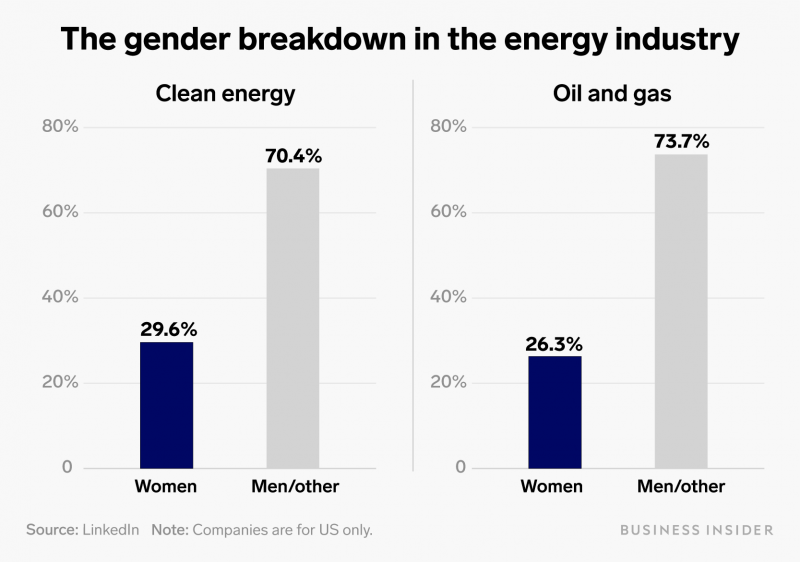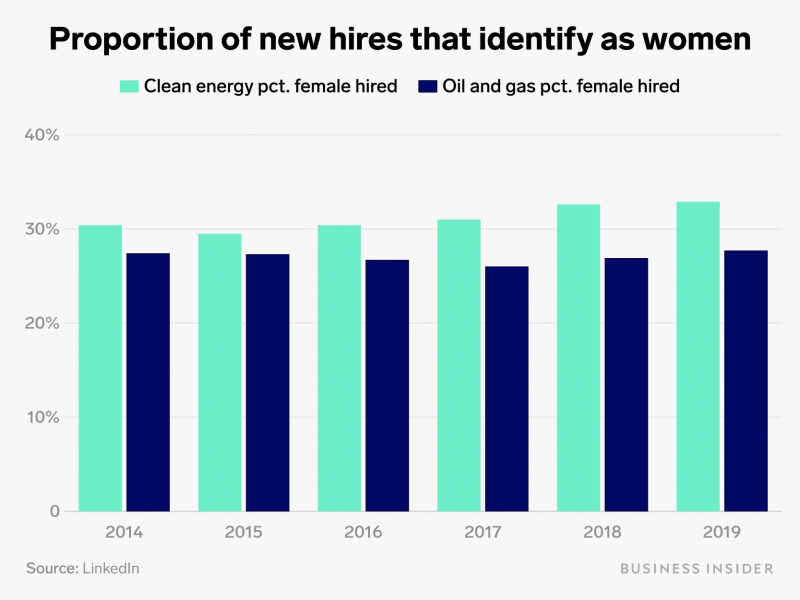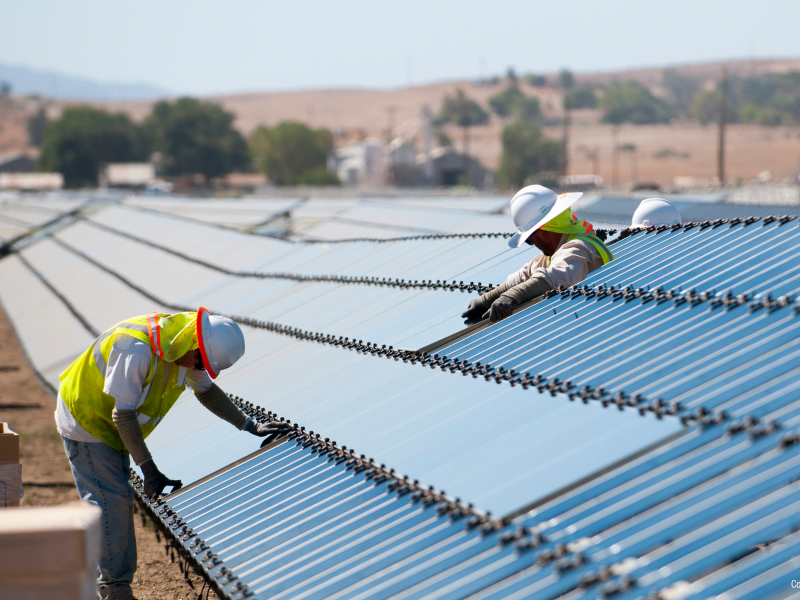Hello, and welcome to Power Line, a weekly clean-energy newsletter from Business Insider.
Here’s what you need to know:
- Sign up here to get Power Line in your inbox every Friday.
- Most of our coverage is available exclusively to BI Prime subscribers. If you’re looking for a discount on a subscription to BI Prime, click here.
- Do you have any story tips or feedback? Shoot me an email at [email protected].
It’s 2020 and, well, there’s still too much carbon dioxide in the air.
Can’t we just vacuum it all up?
We can. Technically. In fact, loads of startups backed by billionaires are developing carbon capture and storage technologies. (That’s why some seltzer is carbonated with what is essentially recycled pollution. Go green!)
But: Experts caution that carbon-capture tech isn't the silver bullet that'll rip climate change a new one. It's more like a tarnished bronze BB pellet that could, in years-time, make a dent.
Here's why:
- All of the carbon capture tech in the world removes about 0.1% of global emissions, or less.
- Nearly all captured CO2 is used to extract more oil out of the ground - you know, the stuff that drives up CO2 in the first place.
- The cost of capturing carbon is way higher than what people pay to emit it, so investors say it's not yet economical.
- Plus, not everyone is excited about this technology. Hundreds of green groups including Greenpeace have publicly opposed it, for reasons I explain here.
It's 2020 and there are still not enough women working in energy.

LinkedIn data reveal energy's gender problem in new detail
I asked LinkedIn to run an analysis on gender in the energy sector and, well … the results are exactly as bad as you might expect.
- In the oil and gas industry, 26% of US employees identify as women.
- That number is closer to 30% for the clean-energy industry.
LinkedIn also pulled numbers for me on new hires since 2014, which show how each industry is changing. Or not.
- In oil and gas, only 28% of the new hires in 2019 identified as women. That's about the same as it was five years ago.
- In clean energy, a higher proportion of new-hires identify as women each year. In 2019, it was 33%.

Why are there so few women in the energy industry?
"Perceptions of gender roles are seen as the most important barrier to entry into the sector."
- A gender report by the International Renewable Energy Agency
"Many times oil and gas, especially exploration, are not in the safest of places. There will be very few women on most offshore oil rigs. You can imagine that you would not necessarily want to be in such a remote place all by yourself with, like, one other woman."
- Cecilia Tam, a former energy analyst at the International Energy Agency, where she worked to advance gender equality
"The world around energy is intrinsically masculine."
- Katie Mehnert, founder and CEO of Pink Petro
This is bad. How can companies make it better?
Again, there are no silver bullets. Only bronze pellets (but together they can shatter … glass … ceilings? I'm reaching.)
A few experts I talked to shared their advice:
- Develop a more appealing value proposition. It's an especially exciting time to work in the energy industry, but that's not coming across to potential employees.
- Don't rely on internal referral programs to attract talent. "It generally perpetuates the same demographics as your existing workforce," Kristen Graf, the executive director of Women of Renewable Industries and Sustainable Energy said.
- Make sure job descriptions aren't biased towards men. That includes striking any skills from the requirements that aren't absolutely necessary, Graf said.
- Elevate female role models in senior roles. "Women could be turned off to applying to a sector if they feel that even if they can get an entry-level job their future progression could be limited because they don't see lots of other women at the top," Tam said.

The biggest names in US solar will soon announce earnings
Here's why it matters:
- Solar is the fastest-growing source of renewable energy in the US - and it has a lot of room to expand.
- Last year, less than 3% of the electricity generated in the US came from solar arrays. By 2050, it could be as much as 17%.
- Solar companies will be big winners, and many of them are headquartered in the US.
So who are the top players in solar?
Tesla: The answer is always Tesla.
- After acquiring SolarCity in 2016, it became one of the country's largest rooftop solar installers. (Though the deal is haunting Elon Musk.)
Sunrun: The leading residential solar provider in the US.
- I chatted with Sunrun's VP of energy services, Audrey Lee, yesterday, who spoke about the value of rooftop solar for taking pressure off the grid during hours of peak energy demand.
- "People often underestimate - because, it's distributed - the amount of capacity that you could get from rooftop solar and batteries."
- For example: 75,000 homes in LA with solar and batteries could replace the peak capacity of a natural gas plant, she told me.
Enphase Energy: The company that makes microinverters.
- Inverters convert the electric current that solar panels generate into a form of energy that you can use in your home.
- Enphase dominated the stock market last year, with returns of over 450%. Inverters. Who knew?
There are more. Click here for the full list.
Upcoming earnings calls
- SunPower: February 12
- Enphase: February 18
- First Solar: February 20
- Sunnova: February 24
- Sunrun: February 27
2 big stories I didn't cover
- The investment firm Generate Capital raised $1 billion for clean energy.
- "I think a growing awareness of the economic nature of the opportunity set, rather than the altruistic or policy-oriented nature of the discussion, has been helpful," Scott Jacobs, the firm's co-founder, told the Wall Street Journal.
- Norway's oil giant Equinor committed to cutting its "carbon intensity," by at least 50% in the next three decades.
- Carbon intensity refers to the amount of carbon emitted per unit of energy.
Finally, here are this week's top startup updates
- Arcadia, a digital clean-energy provider, expanded its partnership with Audi to offer owners of the e-tron electric SUV a free subscription to solar energy.
- Carbon-capture startup Svante announced that Chevron has commissioned research to "explore the potential for trialing Svante's technology in Chevron's operations."
That's it! Have a great weekend.
- Benji

